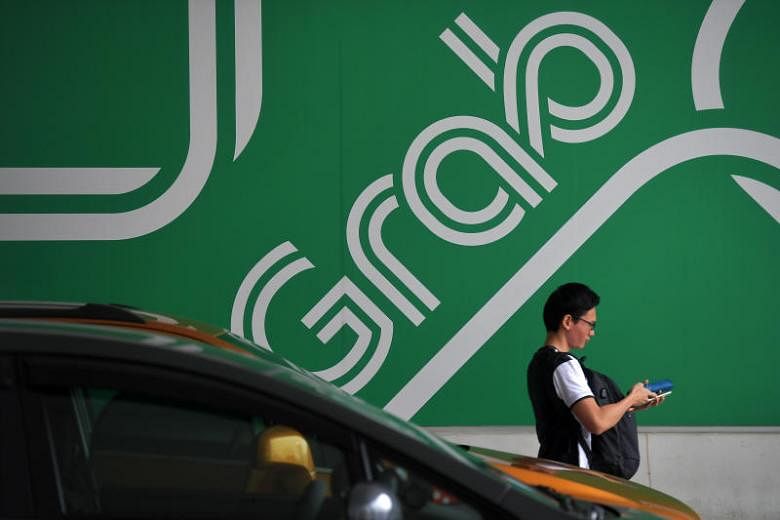SINGAPORE - Singapore's growing gig economy has probably cushioned the negative impact of a weak job market, according to a Maybank Kim Eng report.
The report by economists Chua Hak Bin and Lee Ju Ye noted that a growing proportion of Singapore's labour force - including young graduates or millennials - are part of the "gig economy", joining part-time and freelance jobs.
This comes amid slow growth weighing on hiring sentiment in many sectors.
This report supersedes an earlier one also by Maybank Kim Eng that contained inaccurate statistics and conclusions on Singapore's labour market.
Manpower Minister Lim Swee Say said in March that there were about 200,000 freelancers here last year. This is about 9 per cent of resident employment.
Of these, about 167,000 workers were "primary" freelancers - workers who freelance as their main job. These include insurance agents, private hire car drivers, hawkers or stall-holders, and private tutors.
The remainder were "secondary" freelancers, representing about 1.5 per cent of resident employment. These workers freelance part-time alongside other jobs and would include students, housewives or retirees who take on side jobs for additional income.
The growing gig economy is also illustrated by recent statistics revealed on the number of private car hire registrants, the Maybank Kim Eng report noted.
About 50,600 applied for the Private Hire Car Driver's Vocational License (PDVL) as of July 2017, after the government imposed the license requirement.
This is up significantly - almost five times - from 10,500 private-hire car drivers over the August 2015 to July 2016 period, a figure also cited in Mr Lim's speech.
The growing gig economy is also attracting more young graduates and millennials, noted Dr Chua and Ms Lee in the report.
About 47 per cent of Institute of Technical Education (ITE), 35 per cent of polytechnic and 10 per cent of university graduates went into part-time, temporary or freelance jobs in 2016, more than double the share from a decade ago.
Grab Singapore has said that 20 per cent to 30 per cent of its drivers are aged below 30, while Uber Singapore said the equivalent share is around 25 per cent.
Even as more workers join the gig economy, its expansion has probably helped to cushion the negative impact from the lacklustre job market.
"Retrenched or unemployed workers are able to turn to gigs for some income while looking for a permanent job," the report nored.
The report also acknowleged that while there is growing interest worldwide in the gig economy, capturing its size and growth rate can be difficult. This is because there is no universally accepted definition of gig workers and the criteria used by different studies provide a diverse range of estimates of the size of the gig economy.
Still, "Singapore's gig workforce is likely to continue rising in the near term, as more start-ups venture into new business and companies try to manage costs".

